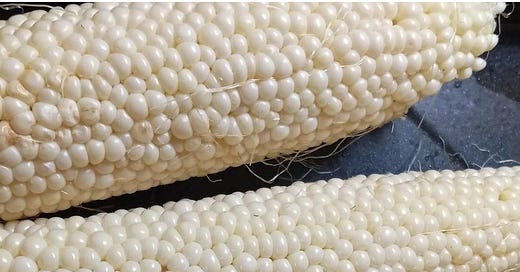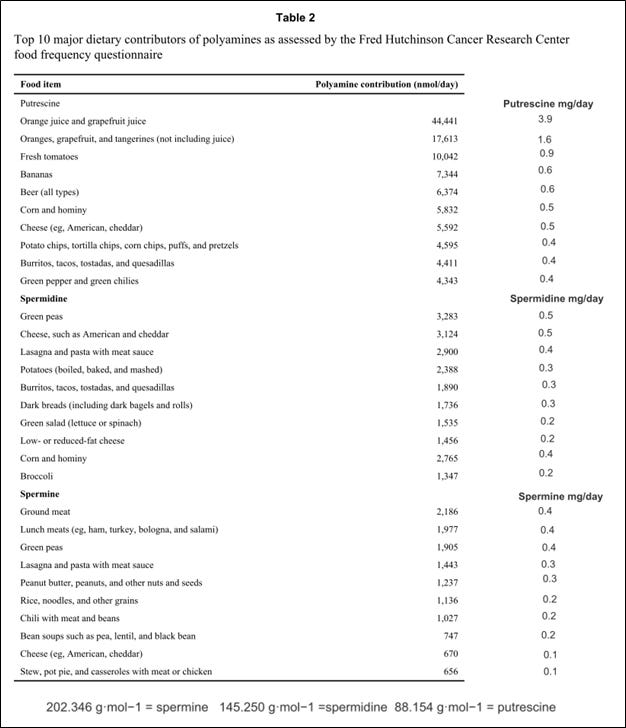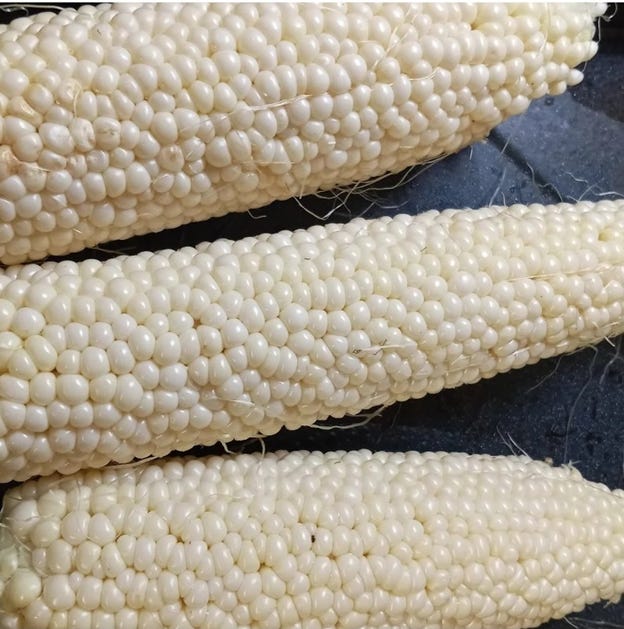I had heard mention of these small, positively-charged and mortality risk-reducing polyamine molecules – e.g., putrescine, spermine, and spermidine – but never learned much about their biochemical functionality until recently scanning through How Not to Age (2015), a very extensive, slightly hodge-podge collection of Wikipedia-like articles on human nutrition and nutritional biochemistry by Michael Greger (MD).1 After my reading of Greger on the subject, I followed up on the polyamine matter in more detail on my own.
Literature discussion and description of these compounds is relatively scarce, despite the fact, as Wallace writes, that:
The polyamines are essential elements of cells from all species. They are required for optimum cell growth, and cells where polyamine production has been prevented by mutation, or blocked by inhibitors, require exogenous provision of at least one polyamine for continued survival. Despite this critical function, the polyamines have not attracted as much attention as they deserve in the wider field of biochemistry and cell biology. They are rarely mentioned in standard textbooks, despite over 75000 research papers having been written on the subject since 1900, and more than half (54%) were published after 1990.
Each of the more common, chemically-related polyamines – putrescine, spermine, and spermidine – can be built inside eukaryotic (e.g., human) cells and then later transformed into any of the others. In addition to synthesizing polyamines, humans and other animals obtain them from their foods, and from the waste products of bacteria (gut microflora) living inside the colon.
As people age, however, the amount of polyamines inside their bodies drops. It is suspected that this drop occurs because the enzymes that produce polyamines inside the cells become less chemically active with aging. Whatever the cause for the increasing scarcity of these compounds over time, absorption of bacterially-generated polyamines, and the consumption of polyamines contained by foods, become biochemically much more significant as people get older. Thus, polyamines gradually take on the nutritional status of vitamins as people gradually age.

One of the polyamines, spermidine, primarily benefits the health of humans and other animals in the same way as calorie restriction does. Like in calorie restriction, the main beneficial mechanism involved is the ability of spermidine to trigger autophagy of old or damaged cells and thus dispose of malfunctioning cells thought to cause the many symptoms and harmful biochemical processes of aging. This means that spermidine – like quercetin or certain chemotherapy drugs – is a senolytic. Note, moreover, that spermidine has also been shown to possess the added senomorphic ability to return some senescent cells back to a state of normal health and function.

The senolytic and senomorphic effects of spermidine on animal cells are tangibly reflected in their observed positive effects on various organisms. Laboratory dietary supplementation with spermidine significantly extends the lifespan of yeasts, fruit flies, worms, mice, and rats. In turn, epidemiological and other observational studies of humans demonstrate apparently increased human lifespan and healthspan as the amount of spermidine in the diet increases (Binh et al., Puciarelli et al., and Kiechl et al.) Kiechl et al. (ibid.), for example, estimated that human healthspan/longevity increased by almost 6 years for people eating a diet with only a marginally higher than average content of spermidine:
To our knowledge, our study is the first to show an inverse relation between the amount of dietary spermidine intake and all-cause mortality in the general community (Table 2). The association emerged as independent of other determinants of longevity and lifestyle. The survival advantage was driven by a reduced risk of death from all major causes. The key association was highly consistent in subgroups (Figure 2) and successfully replicated in an independent cohort from the same geographical region. It exhibited a linear dose-response type and particular strength. Spermidine showed the strongest inverse relation with mortality among 146 nutrients studied (Supplemental Figure 4). The reduction in mortality risk related to a diet rich in spermidine (top compared with bottom third of spermidine intake) was comparable to that associated with a 5.7-y younger age. All of the findings apply to spermidine from dietary sources and to amounts characteristically found in the Western diet and cannot readily be extrapolated to high-dose spermidine supplementation or extreme diets. [Emphases added.]
The less healthy, and biochemically faster-aging group in the bottom third of daily dietary spermidine consumption in the Kiechl study ate foods containing 9.0 mg/day or less of the substance. On the other hand, the healthier and 5.7 years biologically younger group, that in the top third of daily spermidine consumption, took in just 11.6 mg/day or more of the substance. Not much of a dietary difference for such a very large apparent health-increasing advantage.
To put the Kiechl spermidine and longevity/healthspan study into larger context, according to Zoumas-Morse et al. (2007), the average estimated daily polyamine intakes in the United Kingdom, Italy, Spain, Finland, Sweden, and the Netherlands are 13.1 mg/day spermidine (and 11.1 mg/day spermine, and 18.7 mg/day putrescine). In the US, however, the average daily spermidine intake is only 7.9 mg/day spermidine (and 7.2 mg/day spermine, and 14.0 mg/day putrescine). These figures indicate that the average American daily spermidine intake resides within the bottom tertile of daily spermidine consumption and, according to Kiechl et al.’s results, that average American consequently suffers an increased mortality risk corresponding to being 5.7 years older age than they really are. Perhaps this simple dietary difference between the European and American cases explains much of the higher health costs per capita in the US.
Table 1 below from Zoumas-Morse et al. shows the foods readily available in the American diet that are especially rich in spermidine (and spermine and putrescine), while Table 2 from the same source indicates that US citizens rarely avail themselves of these sources in sufficient quantity. This last Table denoting average demonstrated food preferences in the US explains the low American intake of polyamines.
Warning: Dr. Greger has a very pronounced vegan bent that has biased his reporting on some of the topics covered in his book. See https://www.healthline.com/nutrition/how-not-to-die-review#TOC_TITLE_HDR_2 for more detail. I found the same problem with some of Dr. Greger’s cited references and representations as did the reviewer-author of the link above. Nevertheless, the book remains a broad, mostly accurate and scientifically current introduction to a wide range of dietary and cellular factors affecting human health.






Looking into it I think it's legit because the highest content foods were all fermented. It read like a list of eating fermented veggies, cheeses and organ meats for longevity.
Whatever, this is normal wedding bliss. One of the two has to give. He is acting like a child wanting to escape.